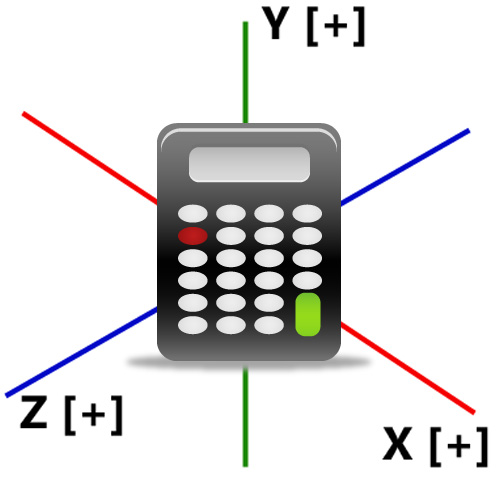Instruction
1
If the coordinates of the endpoints of the line segment in the two-dimensional coordinate system, the spending through these points straight lines perpendicular to the coordinate axes, you will get a right triangle. Its hypotenuse is the original cut, and the legs form segments whose length is equal to the projection of the hypotenuse on each of the coordinate axes. From the Pythagorean theorem, which determines the square of the length of the hypotenuse as the sum of the squares of the lengths of the legs, it can be concluded that in order to find the length of the original segment is sufficient to find the length of the two its projections on the coordinate axes.
2
Find the lengths (X and Y) projections of the original cut on each axis of the coordinate system. In a two-dimensional system, each of the extreme points represented by a pair of numerical values (X1;Y1 and X2;Y2). The lengths of the projections are computed by finding the difference between the coordinates of these points on each axis: X = X2-X1 Y = Y2-Y1. It is possible that one or both of the resulting values will be negative, but in this case it plays no role.
3
Calculate the length of the initial segment (A) find the square root of sum of squares calculated in the previous step of the lengths of the projections on the coordinate axis: A = √(X2+Y2) = √ ((X2-X1)2+(Y2-Y1)2). For example, if a line drawn between the points with coordinates 2;4 and 4;1, then its length will be equal to √((4-2)2+(1-4)2) = √13 ≈ 3,61.
4
If the coordinates of the points bounding the segment, this in the three-dimensional coordinate system (X1;Y1;Z1 and X2;Y2;Z2), the formula to find the length (A) of this cut will be similar to the obtained in the previous step. In this case, it is necessary to find the square root of the sum of the squares of the projections on the three coordinate axis: A = √((X2-X1)2+(Y2-Y1)2+(Z2-Z1)2). For example, if a line drawn between the pointswith coordinates 2;4;1 and 4;1;3, its length will be equal to √((4-2)2+(1-4)2+(3-1)2) = √17 ≈ 4,12.
